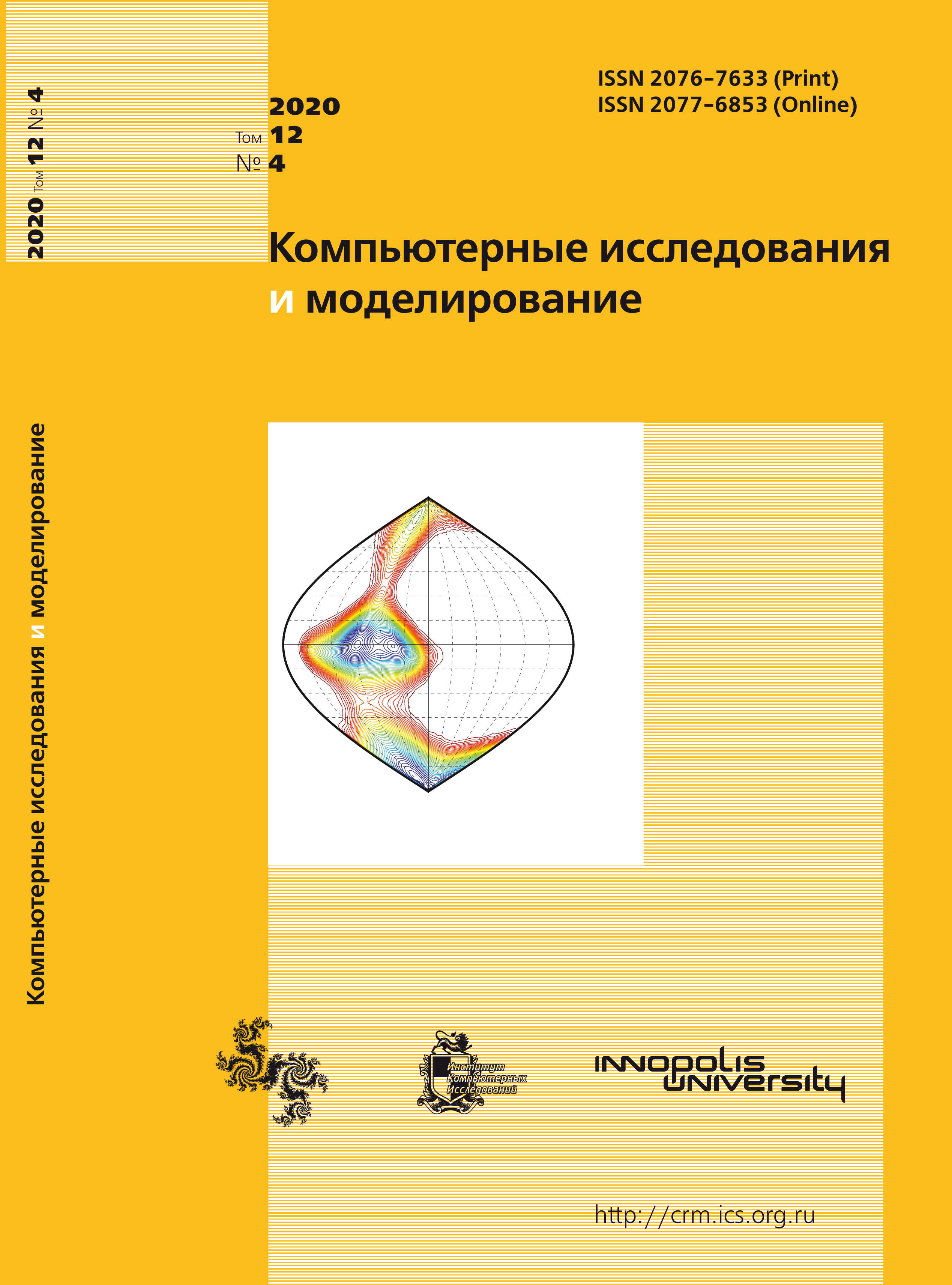All issues
- 2024 Vol. 16
- Issue 1 (special issue)
- 2023 Vol. 15
- 2022 Vol. 14
- 2021 Vol. 13
- 2020 Vol. 12
- 2019 Vol. 11
- 2018 Vol. 10
- 2017 Vol. 9
- 2016 Vol. 8
- 2015 Vol. 7
- 2014 Vol. 6
- 2013 Vol. 5
- 2012 Vol. 4
- 2011 Vol. 3
- 2010 Vol. 2
- 2009 Vol. 1
A method of constructing a predictive neural network model of a time series
 pdf (2499K)
pdf (2499K)
This article studies a method of constructing a predictive neural network model of a time series based on determining the composition of input variables, constructing a training sample and training itself using the back propagation method. Traditional methods of constructing predictive models of the time series are: the autoregressive model, the moving average model or the autoregressive model — the moving average allows us to approximate the time series by a linear dependence of the current value of the output variable on a number of its previous values. Such a limitation as linearity of dependence leads to significant errors in forecasting.
Mining Technologies using neural network modeling make it possible to approximate the time series by a nonlinear dependence. Moreover, the process of constructing of a neural network model (determining the composition of input variables, the number of layers and the number of neurons in the layers, choosing the activation functions of neurons, determining the optimal values of the neuron link weights) allows us to obtain a predictive model in the form of an analytical nonlinear dependence.
The determination of the composition of input variables of neural network models is one of the key points in the construction of neural network models in various application areas that affect its adequacy. The composition of the input variables is traditionally selected from some physical considerations or by the selection method. In this work it is proposed to use the behavior of the autocorrelation and private autocorrelation functions for the task of determining the composition of the input variables of the predictive neural network model of the time series.
In this work is proposed a method for determining the composition of input variables of neural network models for stationary and non-stationary time series, based on the construction and analysis of autocorrelation functions. Based on the proposed method in the Python programming environment are developed an algorithm and a program, determining the composition of the input variables of the predictive neural network model — the perceptron, as well as building the model itself. The proposed method was experimentally tested using the example of constructing a predictive neural network model of a time series that reflects energy consumption in different regions of the United States, openly published by PJM Interconnection LLC (PJM) — a regional network organization in the United States. This time series is non-stationary and is characterized by the presence of both a trend and seasonality. Prediction of the next values of the time series based on previous values and the constructed neural network model showed high approximation accuracy, which proves the effectiveness of the proposed method.
Indexed in Scopus
Full-text version of the journal is also available on the web site of the scientific electronic library eLIBRARY.RU
The journal is included in the Russian Science Citation Index
The journal is included in the RSCI
International Interdisciplinary Conference "Mathematics. Computing. Education"






